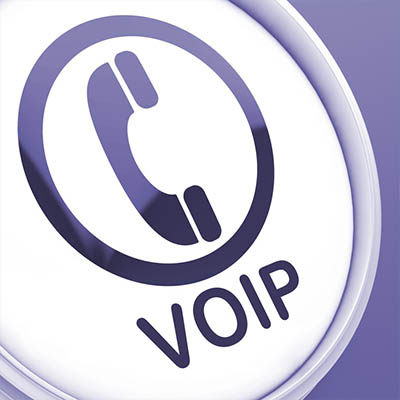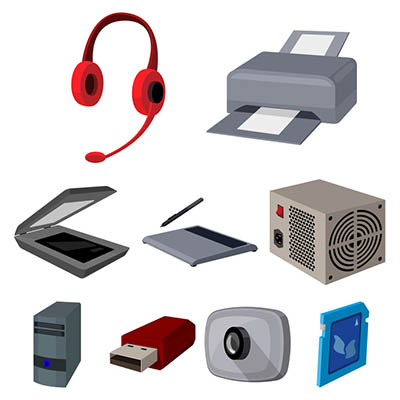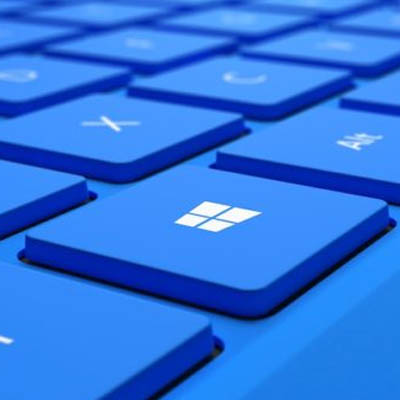
Technology is an easy thing to take for granted, especially in an office that has countless solutions that are utilized on a regular basis. It doesn’t matter if you’re a small retail establishment, a large organization with multiple offices, or a factory to produce consumer items. Today, we’ll look at the various ways your business is changed for the better thanks to the use of technology.
Customer Service
Your customers are one of your most valuable assets, so it’s natural that you want to build a powerful bond with them. If you can’t support the products you sell to them, you’ll have a difficult time keeping your business in good standing with both current and prospective clients. Technology can help you maintain this positive relationship through the use of a ticketing system to handle customer complaints and concerns, and it also makes it easy to handle support for various services you might offer.
Social media and social networking in general provides businesses with more direct ways of interacting with consumers. Sites like Facebook and Twitter essentially offer a platform to promote a brand and knowledge base. Of course, this advantage can quickly become a detriment if it’s not managed properly, as you’re (again) dealing directly with customers–if they aren’t satisfied by your interaction, they’re more likely to share it and complicate public relations.
Productivity
To be successful as a business, you have to accrue money somehow. This is where productivity comes in–technology helps by enabling workers to get more done throughout the workday, building more value for your organization in the long run. For example, time-tracking software can help with task scheduling, giving employees the opportunity to accomplish more during the time they spend in the office. Moreover, you’ll be able to assign a monetary value to the time your employees spend on various tasks and streamline their work processes.
Many of today’s most helpful technology solutions come with built-in productivity solutions that allow for collaboration through the cloud. These cloud-hosted applications provide flexibility to workers so they can communicate in the way most efficient for them. Since these solutions are flexible and scalable, your business can adjust them as needed.
Finance
Money is a big part of why you’re in business, but you can’t do anything without funding of your own. You have a bottom line to keep in mind, after all. Technology can help businesses better manage their finances through online invoicing services to collect payments and reduce paper expenses. If you use software to manage payroll and other accounts, you’ll be able to handle them easily and more efficiently. If you can streamline these processes at all, your business can run much better and you’ll be better off in the long run.
Security
Security plays a critical role in the sustainability of your business, both on your network and in your physical office. You can’t let workers or other entities waltz around your network and your office uninhibited, as the opportunity to cause major damage is practically omnipresent in today’s business world. You need to implement not only network security solutions such as antivirus, firewall, content filtering, and spam blocking technology, but physical security solutions like security cameras, biometric security locks, and other measures as well. Doing so ensures the protection of all your business’ assets, whether it’s from a hacker or a careless employee.
A lot goes into making a business successful, and technology plays a large role in doing so. How does your business use technology? COMPANYNAME can help you get started thinking about the future for your organization. To learn more, reach out to us at PHONENUMBER.








